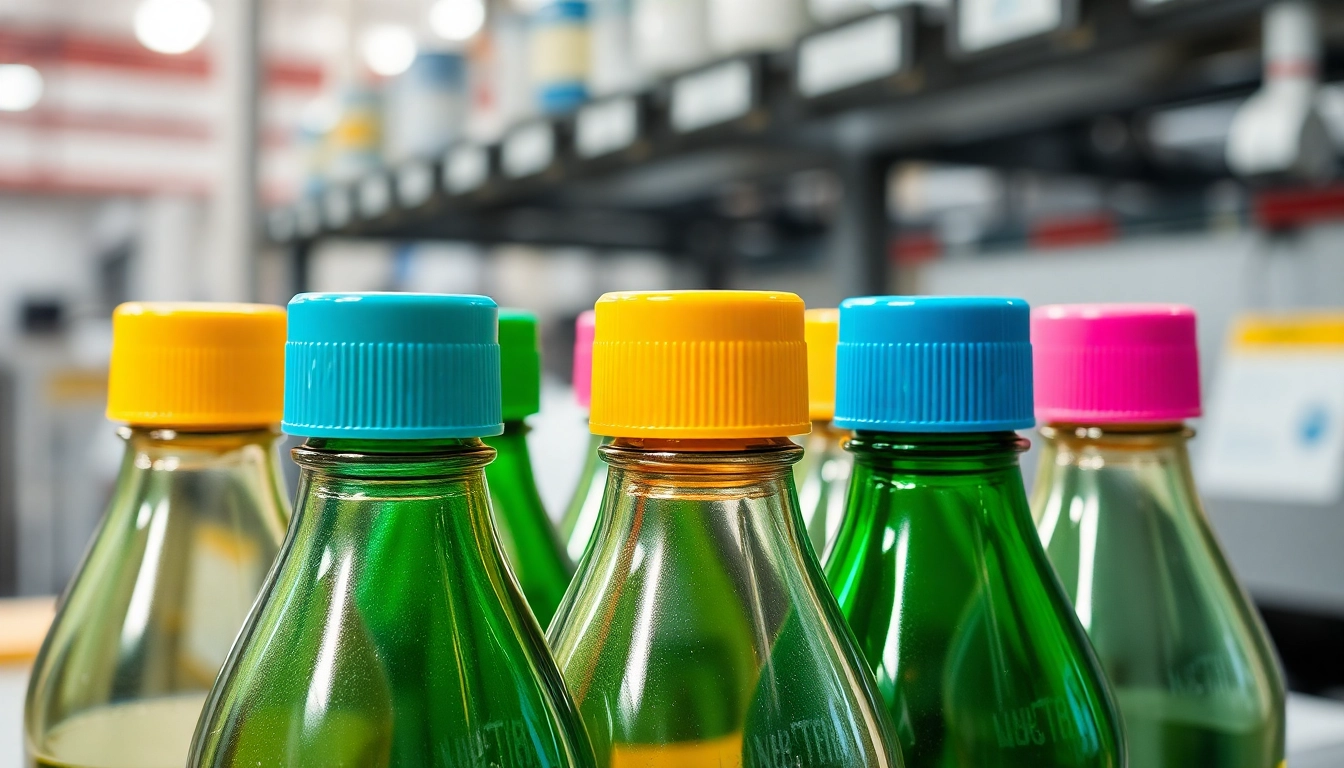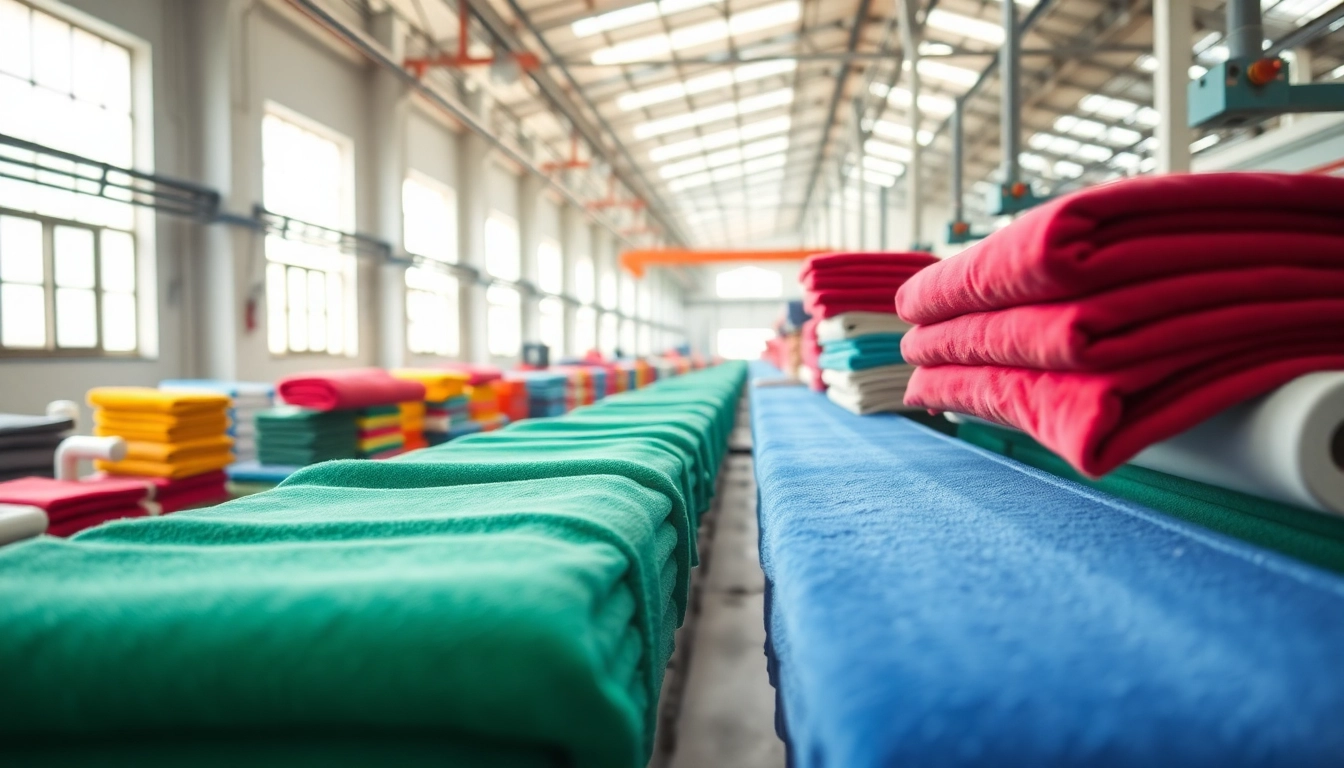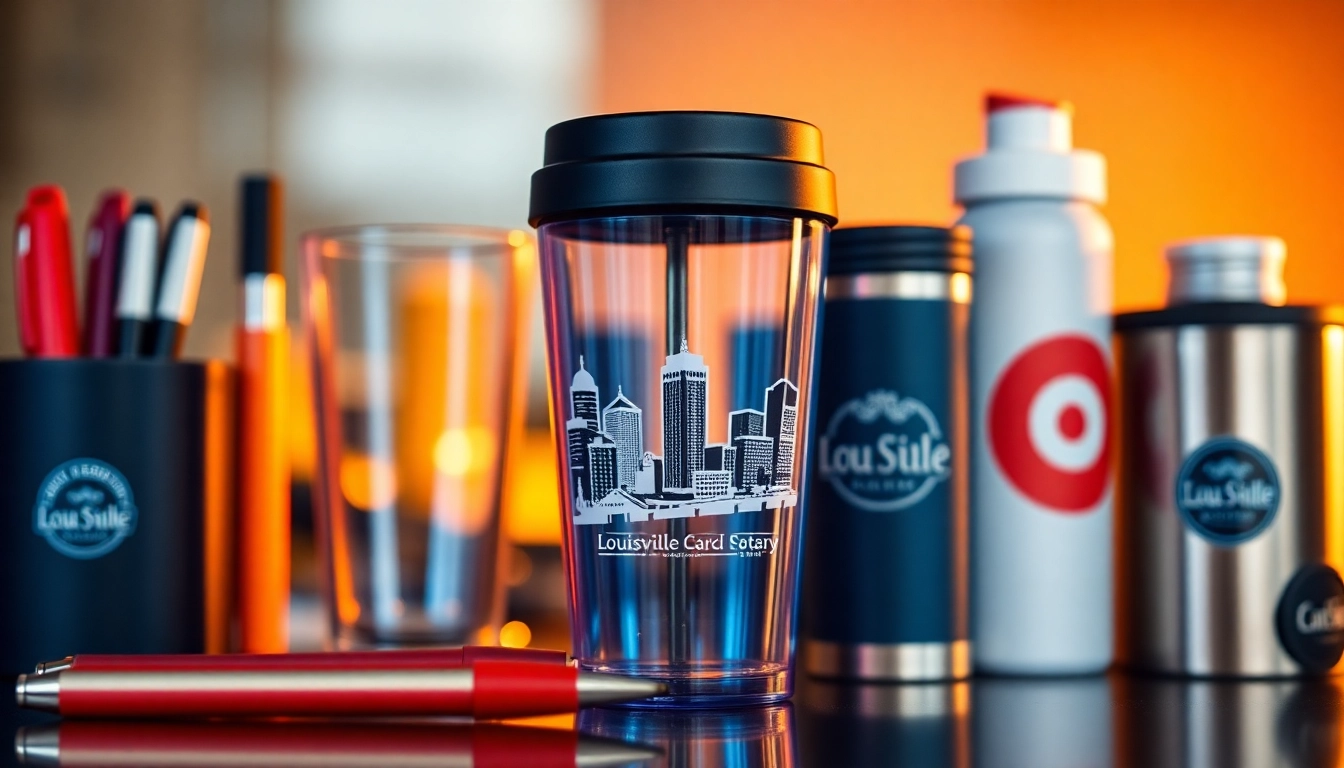Understanding Polyethylene Bottles: Essential Insights for Industry Professionals
Polyethylene bottles, often abbreviated as polietilen şişe, have become an indispensable component across numerous sectors due to their versatility, durability, and cost-effectiveness. From packaging personal care products to industrial chemicals, these bottles exemplify modern engineering solutions designed to meet diverse consumer and industrial needs. To fully grasp their significance, it is crucial to analyze their definition, advantages, manufacturing processes, and various application domains. This comprehensive overview aims to provide industry stakeholders, product developers, and entrepreneurs with an in-depth understanding of polyethylene bottles, equipping them with insights to optimize their usage and procurement strategies.
1. What Are Polyethylene Bottles and Why Are They Preferable?
1.1. Definition and Characteristics of Polyethylene Bottles
Polyethylene bottles are containers predominantly manufactured from polyethylene polymers, a class of thermoplastic materials known for their robustness and chemical resistance. These bottles are extensively used in packaging liquids—including water, oils, detergents, and chemicals—owing to polyethylene’s distinctive properties. They are manufactured via blowing or molding techniques that produce lightweight yet resilient containers. Specifically, high-density polyethylene (HDPE) and low-density polyethylene (LDPE) are the most common variations employed for bottle production.
1.2. Benefits and Competitive Advantages
The popularity of polyethylene bottles stems from several key advantages. They are lightweight, which significantly reduces transportation and logistical costs, especially when compared to traditional glass or metal containers. Their high chemical resistance makes them suitable for storing corrosive or reactive substances without degradation. Additionally, their impact resistance minimizes breakage, enhancing safety and longevity. Economically, polyethylene bottles are easy to produce in large quantities, enabling mass distribution with consistent quality. Moreover, their transparency or availability in various colors and custom designs allows branding and product differentiation.
These features contribute to their widespread adoption across sectors such as cosmetics, pharmaceuticals, food and beverages, and industrial chemicals. For more details on specific product variants, visit our comprehensive polietilen şişe catalog.
2. Manufacturing Process and Quality Standards of Polyethylene Bottles
2.1. Raw Material Selection and Processing
The quality of polyethylene bottles begins with the selection of raw materials. Manufacturers typically source high-grade HDPE or LDPE polymers, sourced from reputable suppliers who adhere to international standards. The raw polymers undergo melting and extrusion processes, where they are melted under controlled temperature and pressure conditions to create raw film or preforms. These are then shaped via blow molding or injection molding techniques to form bottles of specified dimensions and strength characteristics.
2.2. Quality Control and Certification
Ensuring product safety and compliance with regulatory standards is paramount. Manufacturers conduct rigorous testing, including tensile strength, impact resistance, and chemical compatibility assessments. Certifications such as ISO 9001, Food Contact Compliance (FDA, EFSA), and industry-specific standards are essential for market acceptance. Regular in-process inspections and batch testing help maintain consistency and identify deviations early, reducing waste and ensuring high-quality output.
2.3. Adherence to Production Standards
Effective manufacturing adheres to strict standards, including precise control over wall thickness, weight, and sealing integrity. Automated systems with real-time monitoring enable manufacturers to produce bottles that meet specific criteria, reducing variability. Implementing quality-by-design principles and continuous improvement protocols helps companies sustain high standards and innovate with new bottle designs and features.
3. Types and Models of Polyethylene Bottles
3.1. Capacity and Opening Diameter Options
Polyethylene bottles come in a wide range of capacities, from small 50 ml containers suitable for cosmetic products to large 5-liter bottles used for oils or industrial chemicals. The choice of opening diameter—ranging from narrow necks for precise pouring to wide mouths for bulk filling—depends on the application. For instance, pharmaceutical or cosmetic bottles often prefer narrower mouths to facilitate controlled dispensing, while bulk storage containers opt for wider openings for filling and cleaning ease.
3.2. Color and Design Alternatives
Customization options include transparency for product visibility, solid colors for branding and UV protection, and matte or gloss finishes for aesthetic appeal. Innovative designs may involve ergonomic shapes, tactile textures, or decorative embossments that enhance user experience and brand recognition.
3.3. Custom Branding and Special Features
Many manufacturers offer tailored solutions—such as embossed logos, labels, or color-coded caps—that align with corporate identity. Special features like child-resistant caps, spray nozzles, or graduated measurement marks are incorporated based on end-user requirements, increasing the functional value of the bottles.
4. Choosing the Right Polyethylene Bottle: Key Considerations
4.1. Durability and Chemical Resistance
Selecting a bottle with appropriate durability involves considering the chemical compatibility with the stored substance and operational conditions such as temperature and pressure. HDPE bottles are highly resistant to acids, bases, and most organic solvents, ensuring long-term performance even in demanding environments.
4.2. Suitable Capacity and Size
Aligning the bottle size with the volume of product and dispensing needs prevents waste and optimizes storage. Additionally, compatibility with filling equipment and storage infrastructure should influence size selection.
4.3. Cost Effectiveness and Supplier Reliability
Purchasing from trusted, reliable suppliers ensures consistent quality, timely delivery, and post-sale support. Competitive pricing based on purchase volume, coupled with quality assurance, creates significant cost savings in the long run. It is advisable to conduct supplier audits and review certifications before establishing partnerships.
5. Pricing and Wholesale Opportunities for Polyethylene Bottles
5.1. Price Factors and Volume Discounts
Pricing for polyethylene bottles varies based on factors such as capacity, design complexity, color, and order volume. Bulk purchasing typically attracts significant discounts, as demonstrated by wholesale suppliers offering competitive rates, for instance, 12 CC or 30 CC bottles at prices between 1.80 ₺ and 2.61 ₺. Strategic procurement in large quantities enhances profitability and supply chain stability.
5.2. Working with Trusted Suppliers
Collaboration with reputable manufacturers and distributors ensures product authenticity, consistent quality, and favorable payment terms. Establishing long-term relationships and negotiating flexible terms can lead to secured pricing and priority support.
5.3. Industry Trends and Market Analysis
Current market trends highlight increased demand for sustainable and lightweight polyethylene bottles, driven by environmental regulations and consumer preferences for eco-friendly packaging. Investing in recyclable HDPE bottles or innovative designs like squeezable, ergonomic bottles can provide a competitive edge and meet emerging market standards.



